It’s not too late to train for your event. TrainerRoad’s adaptive training plans use AI to personalize every workout, maximize your time, and get you race-ready fast—even with a tight schedule.
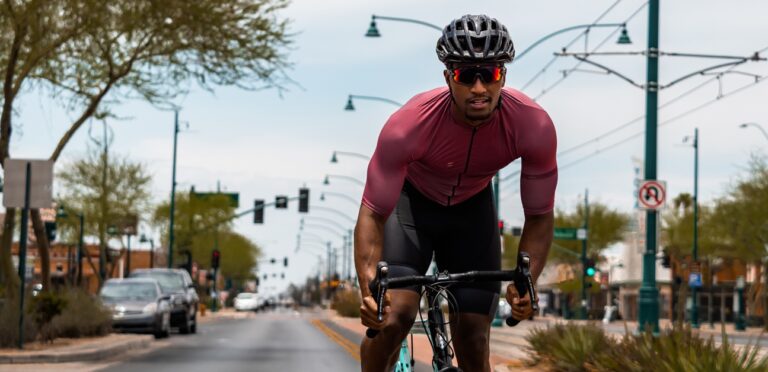

It’s not too late to train for your event. TrainerRoad’s adaptive training plans use AI to personalize every workout, maximize your time, and get you race-ready fast—even with a tight schedule.
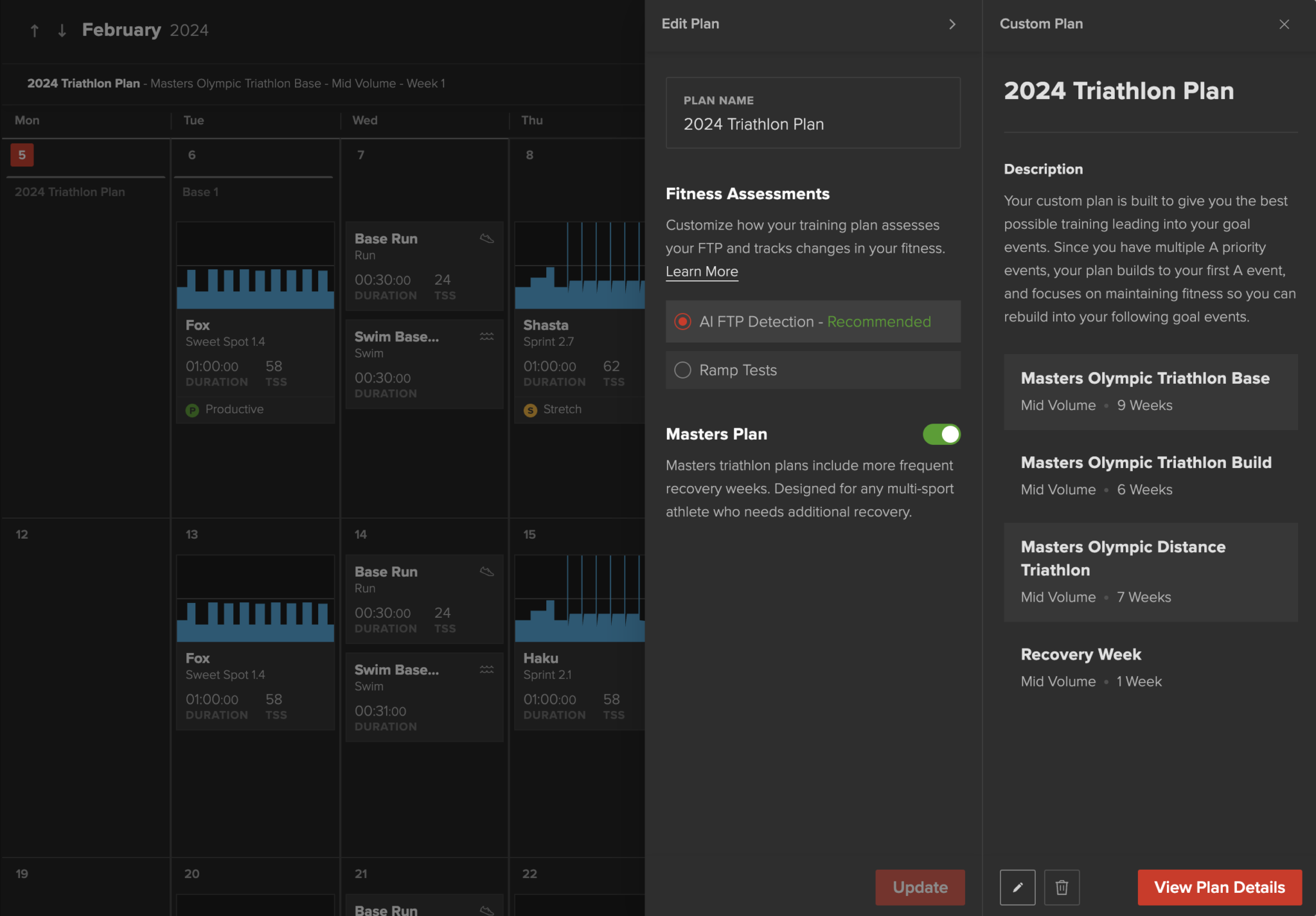
Today, we’re launching Masters Triathlon training plans and updating our existing Triathlon plans, including Masters triathlon plans that use a 2:1 load-to-recovery week ratio, standardized 3:1 load-to-recovery ratio for non-masters plans, improved ramp rates and trajectories for all 3 disciplines, and more.
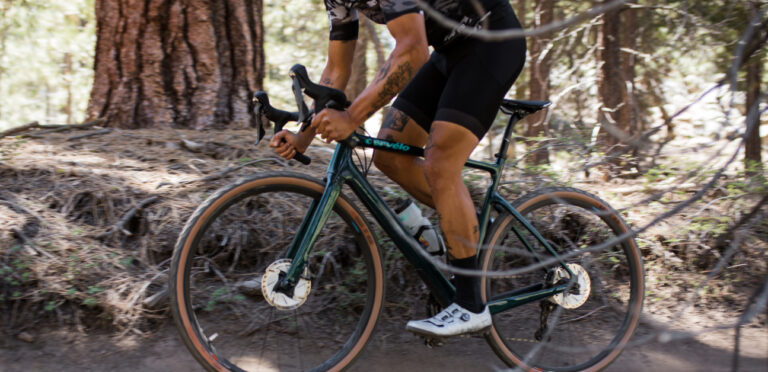
We all know one cadence feels very different from another, but few cyclists really understand how cadence affects our efficiency on the bike. What is the optimal cycling cadence, and how can you use pedaling drills to become more efficient?
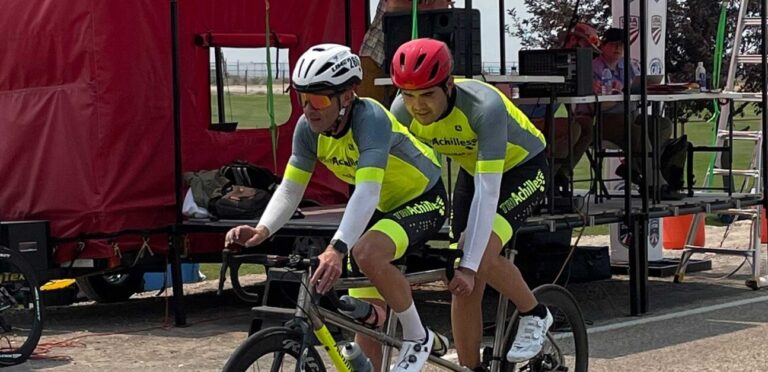
Francesco Magisano, blind since the age of 16, is a triathlete, cyclist, and the New York City metro region director for Achilles International, a global organization dedicated to transforming the lives of people with disabilities through athletic programs and social connection. Tune in to learn how Francesco used TrainerRoad to add 120w to his FTP and place second in the 2021 USA National Para-cycling Road and Time Trial Championships.
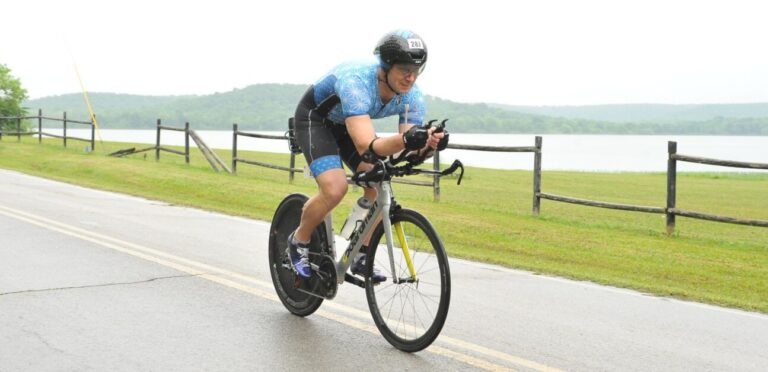
For full-distance triathletes, crossing the finish line at the Ironman World Championships in Kona, Hawaii, is the ultimate accomplishment. Getting to the event can be just as challenging as racing it, though. In this episode of the Successful Athletes Podcast, Ray Brunker shares what he did to earn a Kona qualification and his recommendations for other athletes who want to do the same.
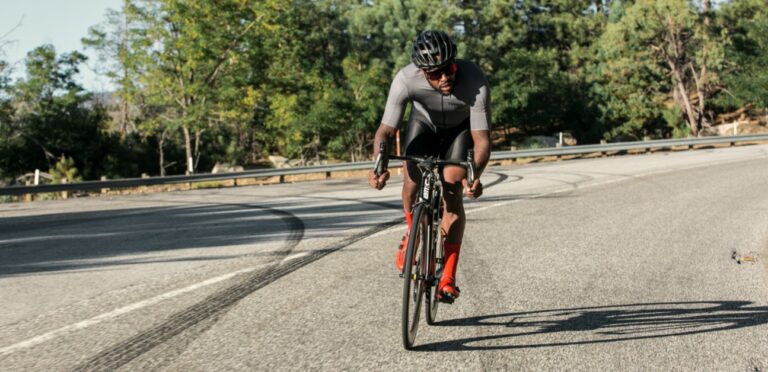
Detraining happens any time we decrease training stimulus, but how quickly does it happen, how can you retain as much fitness as possible, and how should you adjust your race strategy as a result? Join us for a deep dive into this and many other topics in Episode 309 of the Ask a Cycling Coach Podcast.
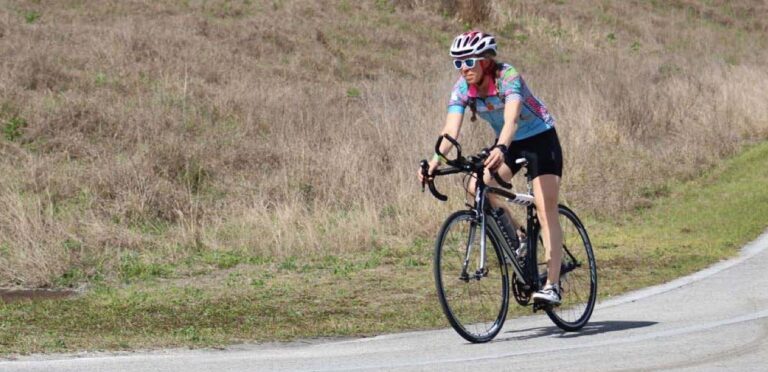
Melissa Paurowski, a busy wife, mom, and teacher, searched for a new challenge after her goal event was canceled. She decided to enter a grueling, ultra-distance triathlon, with a 4.8-mile swim, 224-mile bike, and 52.4-mile run. Hoping to finish within the time limit, Melissa crushed her goal with time to spare.
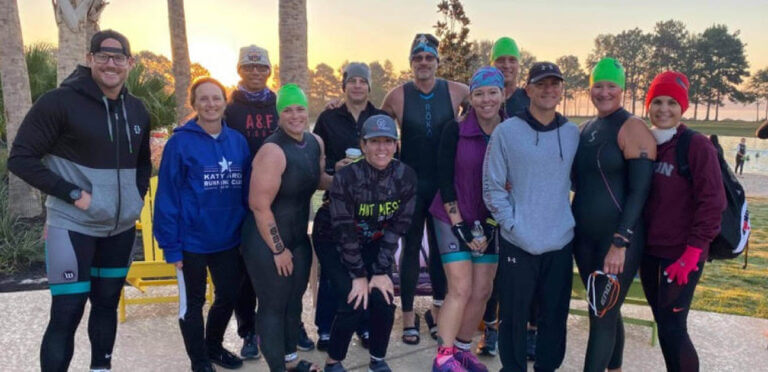
Casper Green raised his FTP 70 watts with TrainerRoad to train for local group rides in Houston, Texas, all while being a busy father and working a demanding job in home automation. By making small changes along the way and staying consistent with a low-volume training plan Curtis lost 35 pounds and reached 4.0 W/kg.
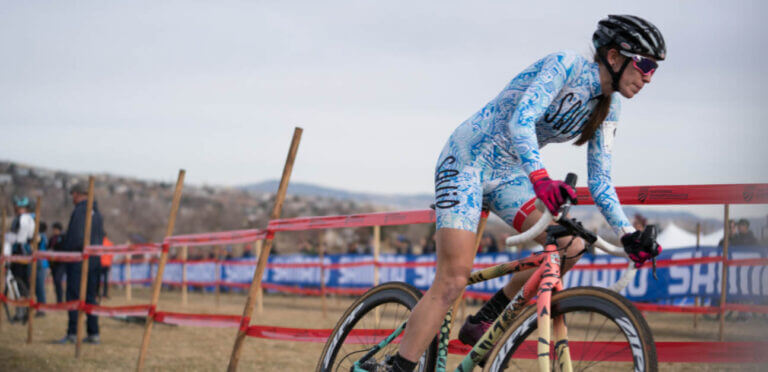
Learn from Amber Pierce, Alex Wild and Pete Morris how they read a race like a pro, how much time you need to recover between A-Races, how to use injuries to get faster and much more in Episode 295 of the Ask a Cycling Coach Podcast!
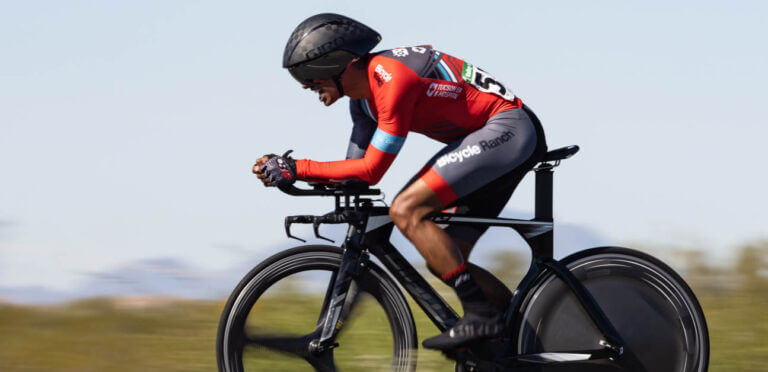
Time trialists must effectively train the ability to pace their highest sustainable power over time trial distances and, along the way, build toughness, get accustomed to uncomfortable positioning, and ultimately get faster. This guide covers everything you need to be a faster time trialist.